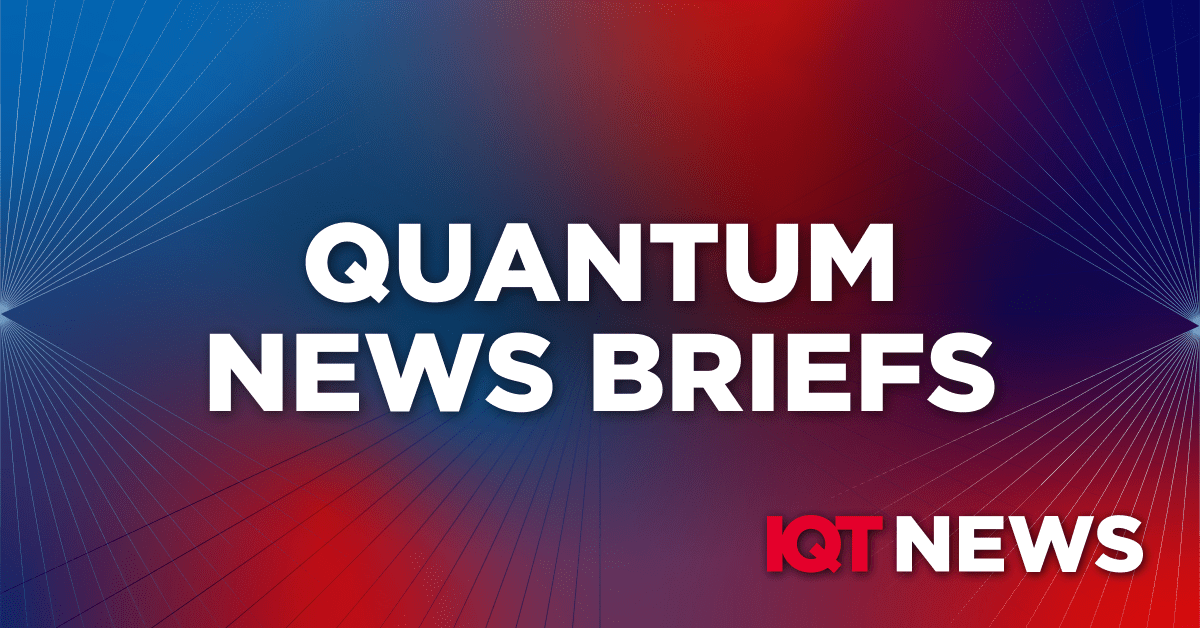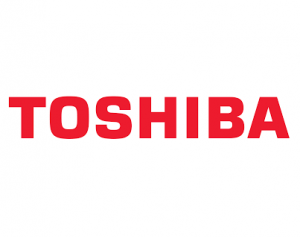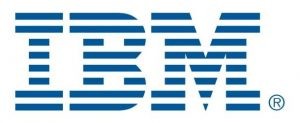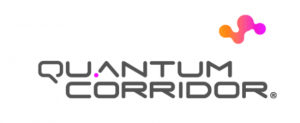Quantum News Briefs November 22: Toshiba’s Proposed Double-Transmon Coupler for Superconducting Quantum Computers Achieves World-Class Two-Qubit Gate Performance • IBM & Pasqal Plan to Expand Quantum-Centric Supercomputing Initiative • Indiana’s Quantum Corridor Closes $10 Million Series A Funding for Expansion of Network

Toshiba’s Proposed Double-Transmon Coupler for Superconducting Quantum Computers Achieves World-Class Two-Qubit Gate Performance
 Toshiba Corporation (Toshiba) has confirmed a breakthrough technology that promises to advance progress toward the development of higher-performance quantum computers through an investigation of a potential major advance in quantum computing as per a November 21 news release..
Toshiba Corporation (Toshiba) has confirmed a breakthrough technology that promises to advance progress toward the development of higher-performance quantum computers through an investigation of a potential major advance in quantum computing as per a November 21 news release..
 Experiments conducted by a joint research group from Toshiba and RIKEN, one of Japan’s largest comprehensive research institutions, have successfully realized a Double-Transmon Coupler, a solution for superconducting quantum computers initially proposed by Toshiba. The researchers achieved a world-class fidelity of 99.90% for a two-qubit gate, which is at the heart of quantum computation. Fidelity is a standard performance indicator for quantum gates, quantifying how close an operation is to the ideal in a range from 0% to 100%, with higher percentages indicating greater accuracy in the quantum gate’s operation.
Experiments conducted by a joint research group from Toshiba and RIKEN, one of Japan’s largest comprehensive research institutions, have successfully realized a Double-Transmon Coupler, a solution for superconducting quantum computers initially proposed by Toshiba. The researchers achieved a world-class fidelity of 99.90% for a two-qubit gate, which is at the heart of quantum computation. Fidelity is a standard performance indicator for quantum gates, quantifying how close an operation is to the ideal in a range from 0% to 100%, with higher percentages indicating greater accuracy in the quantum gate’s operation.
To improve the performance of two-qubit gates, the coherence time, the period for which the quantum superposition state can be maintained — critical in quantum computers — must be extended. Gates must also be executed quickly and the strength of residual coupling must be suppressed to reduce the errors it causes. The Toshiba-RIKEN team achieved a world-class coherence time for the transmon qubit, a short gate time of 48 ns, and reduced the residual coupling strength to as low as 6 kHz, thereby achieving a fidelity of 99.90%.
Quantum computers that adopt the Double-Transmon Coupler can also utilize the fixed-frequency transmon qubit, which is highly stable with a simple structure that is relatively easy to manufacture. This will further advance the fast-developing field of quantum computing and points the way to the large-scale quantum computers essential for practical applications, such as realizing carbon neutrality and new drug development.
The results of this research project were published in “Physical Review X,” a top-tier journal of the American Physical Society, on November 21, 2024 (https://doi.org/10.1103/PhysRevX.14.041050).
IBM & Pasqal Plan to Expand Quantum-Centric Supercomputing Initiative
 IBM and Pasqal announced on November 21 an update to their intended collaboration to build new, integrated frameworks for quantum-centric supercomputing with Qiskit, the world’s most performant quantum software.
IBM and Pasqal announced on November 21 an update to their intended collaboration to build new, integrated frameworks for quantum-centric supercomputing with Qiskit, the world’s most performant quantum software.
The goal of this model for the quantum and HPC communities is to enable effective collaboration between HPC centers and quantum hardware providers with advanced quantum software, fostering market adoption for quantum technologies.
The two companies will soon begin developing a unified programming model to facilitate seamless interoperability across different types of quantum computing hardware. This integrated architecture will work across IBM’s next-generation and utility-scale quantum computers, Pasqal’s neutral atom-based quantum devices, and classical high-performance computing (HPC) resources such as CPUs and GPUs. It will aim to accelerate the usability and performance of

complex and hybrid HPC workflows, which will include quantum computers as a key pillar, by allowing users to select the best-fitting hardware for each task in a single, cohesive framework.
The goal of this model for the quantum and HPC communities is to enable effective collaboration between HPC centers and quantum hardware providers with advanced quantum software, fostering market adoption for quantum technologies.
As a first step in this journey, Pasqal will soon provide users of the open-source Qiskit SDK access to their neutral atom quantum hardware. As a result, it will soon be possible for Qiskit SDK users to program Pasqal’s analog neutral-atom QPUs, providing users the flexibility to access and utilize either IBM’s or Pasqal’s hardware.
Indiana’s Quantum Corridor Closes $10 Million Series A Funding for Expansion of Network
 Quantum Corridor Inc., a public-private partnership developing a high-speed fiber optic communications network, has closed on a $10 million Series A round of funding according to November 21 article in InsideIndianaBusiness. The company says it plans to use the funding to fuel expansion of its network to southwest Indiana.
Quantum Corridor Inc., a public-private partnership developing a high-speed fiber optic communications network, has closed on a $10 million Series A round of funding according to November 21 article in InsideIndianaBusiness. The company says it plans to use the funding to fuel expansion of its network to southwest Indiana.
Quantum Corridor is looking to expand the network for more than 250 miles across the Indiana Toll Road in northern Indiana and ultimately south, to Purdue University, through Indianapolis down to Naval Surface Warfare Center, Crane Division.
Quantum Corridor was founded in 2021 in partnership with the state of Indiana and is based out of the Digital Crossroads Data Center in Hammond, Indiana.
The company’s current network runs along a 14-mile route from Hammond to the ORD10 Data Center in Chicago. Just over a year ago, Quantum Corridor celebrated a milestone by completing testing of the network that saw connectivity speeds 500 times faster than the blink of an eye.
In Other News: New Scientist reports “Quantum Computing Could Make Self-Driving Cars More Efficient Than Ever”
A study from the University of Kent reveals that quantum information could potentially be utilized to synchronize the movements of mobile devices like drones and autonomous vehicles according to November 21 announcement in New Scientist.
This could lead to more efficient logistics, which could make deliveries cheaper, and better use of limited bandwidth for the likes of self-driving cars.
By carrying out ‘real world’ experiments on a quantum computer, the team of quantum physicists (led by PhD student Josh Tucker in the University of Kent’s School of Physics and Astronomy), found that if the two devices share a pair of quantum coins (qubits), the devices can continue to influence each other even after they have been separated and can no longer communicate.
The experiments simulated the phenomenon using real qubits inside a quantum computer developed by IBM. The qubits are made of superconducting material and kept at temperatures colder than the interstellar void. This allows them to behave according to the laws of quantum physics that defy common sense – including the ability to influence each other without coming into contact and without sending signals.


















